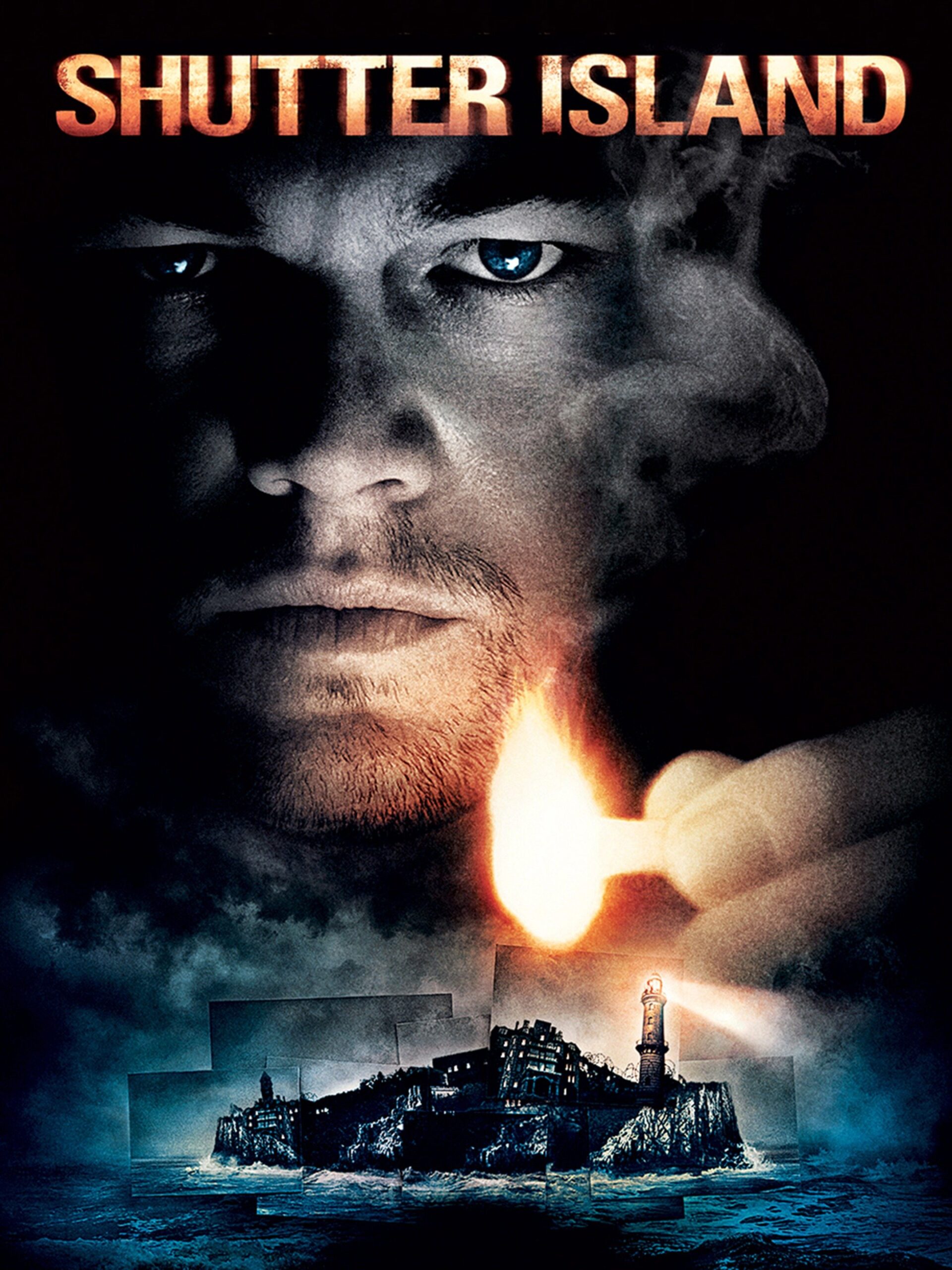
After reading this title, your first thought would probably be: ‘You are not fashionably late anymore, the party is already over’. You are completely right; the movie is from 2010, but Shutter Island still holds a position in the IMBDb top 250 films. If you are just like me late to the party, I will briefly summarize what this movie is about and why it is still worth watching. A little side note, spoilers are ahead, so if you still want to watch this movie, maybe directly skip to the ‘frontal lobotomy section’.
The story is told from the perspective of a U.S. Marshal named “Teddy” who, together with his partner Chuck Aule, travels to Akshecliffe Hospital, a psychiatric unit for the criminally insane based on Shutter Island. The duo starts to investigate the disappearance of Rachel Solando, a woman who drowned her three children. However, the staff led by psychiatrist Dr. John Cawley, seems to be indifferent and uncooperative. On top of that, Teddy experiences intense migraines, flashbacks to his experiences as a U.S. soldier, as well as visions of his wife who was killed in their house, which was set on fire by a man named Andrew Laeddis. Teddy explains to Chuck that he took the case of the disappearance of Rachel Solando to get access to Shutter Island to find the killer of his wife. However, the story takes a turn when Rachel Solando suddenly appears to be back in her room, and Teddy acquires more and more information regarding the identity of the man who murdered his wife.
It is no coincidence that I enjoyed this movie since it fits into psychiatry, neuroscience, and psychology practices. However, rather than providing an elaborate review of this movie, I would like to focus on a practice depicted in the movie called “frontal lobotomy”.
During a Congress held in London in 1935, an American physiologist Dr. John F. Fulton presented something extraordinary; the results of an experiment in two chimpanzees in which their prefrontal cortex were removed. This surgical procedure resulted in the chimpanzees no longer portraying any frustrational behavior or emotional expression.
Other neuroscientists and neurosurgeons were intrigued by this sectioning of the prefrontal cortex and started to investigate the possibility of this type of treatment for patients suffering from various psychiatric disorders. Moniz, a Professor of Neurology, and his partner Lima, a neurosurgeon, supported the work of Fulton and started to develop this type of surgery in humans by 1930. Already in 1935, they performed their first frontal lobotomy on a human patient, and consequently, by 1949 Dr. Moniz received the Nobel Prize for his work on frontal lobotomy. More specifically, he pioneered cutting the white matter connections (highways for communication between brain areas) between the prefrontal cortex and the thalamus to treat severe mental illnesses, such as depression and schizophrenia.
You have to take into account that the popularity of this surgical treatment was within a time when no drug therapy was on the market for treating such disorders. A switch was seen when chlorpromazine was introduced as a drug therapy in 1955. This drug is an example of an antipsychotic which is helpful against the hallucinations that schizophrenic patients, for example, can experience, but is also used as a treatment for psychosis. Soon haloperidol, also an antipsychotic, followed in 1967, and a breakthrough in drug treatment for mental disorders was underway. Thanks to ongoing technological advances and increasing knowledge, treatments like frontal lobotomy are no longer practiced. Torsten Wiesel, a Swedish neuropsychologist, even called the award of the Nobel Prize to Moniz an “astounding error of judgment”.
Through the lens of ‘Shutter Island’, we are reminded of the complexities of mental health treatment and the ethical dilemmas that arise when exploring new avenues in treating several psychological and neurological disorders. Ultimately, this movie is not just a thriller; it is a thought-provoking movie that will leave your mind engaged long after the movie has already ended.
Author: Joyce Burger
References: